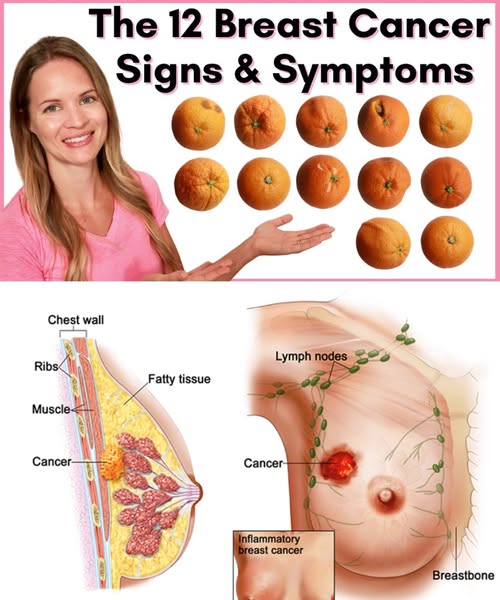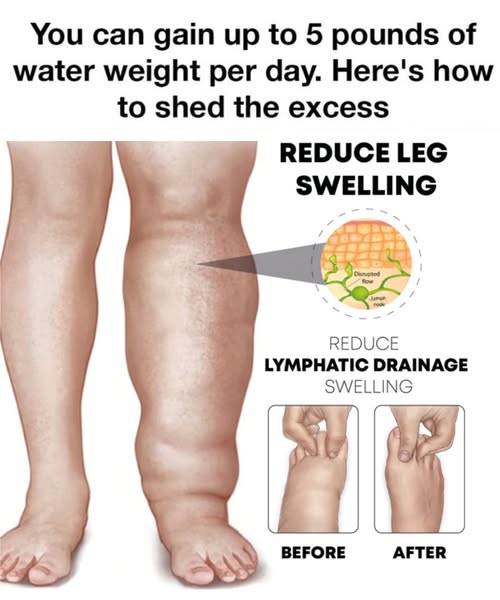Introduction: Don’t Miss These Crucial Signs

Breast cancer remains one of the most common cancers affecting women globally. According to the World Health Organization, over 2.3 million women were diagnosed in 2020 alone. Early detection can dramatically improve survival rates—up to 99% for localized breast cancer identified at an early stage.
That’s why knowing the 12 breast cancer symptoms and signs is not just helpful—it can be life-saving. Your self-breast exam is a frontline defense you control. But do you know exactly what to look for?
This in-depth guide will show you 12 critical signs you should never ignore. We’ll also answer the most frequently asked questions about self-breast exams, bust myths, and give you a clear, professional, and actionable plan.
If you want to protect yourself or help someone you love, read carefully. Don’t wait. Don’t guess. Know what to check.
Why Early Detection Matters
Before we dive in, let’s emphasize the power of early detection:
- 5-year survival rate for early-stage breast cancer: ~99%
- 5-year survival rate for late-stage (metastatic) breast cancer: ~30%
Early detection doesn’t guarantee a cure—but it dramatically increases the chances of successful treatment. The earlier you spot warning signs, the faster you can get help.
The Importance of the Self-Breast Exam
Your self-breast exam is not a substitute for clinical screening or mammography. But it is a vital tool:
✅ Empowers you to know your baseline
✅ Helps you notice subtle changes
✅ Encourages regular awareness
It costs nothing but a few minutes each month. Yet it can save your life.
The 12 Breast Cancer Symptoms You Must Recognize
Below are the 12 most important signs to watch for during your self-exam. Don’t skip any. Each is explained clearly so you know exactly what to check.
1. A New Lump or Mass
- What it feels like: Hard, irregular edges, often painless
- Most common symptom of breast cancer
- Don’t ignore even soft or tender lumps. Any new mass warrants evaluation.
Tip: Compare both breasts. Symmetry is normal, but a new, solitary lump is not.
2. Swelling in Part or All of the Breast
- Visible or subtle enlargement
- May not involve a discrete lump
- Can be associated with inflammatory breast cancer—a rare but aggressive type
Urgent evaluation is critical if the swelling is rapid or accompanied by redness.
3. Skin Irritation or Dimpling
- Also called “peau d’orange” (orange peel texture)
- Caused by lymphatic obstruction
- Serious sign often linked to inflammatory breast cancer
Action: Seek medical help immediately if you see persistent dimpling.
4. Breast or Nipple Pain
- Breast cancer is often painless but not always
- New, unexplained, or persistent pain should be checked
Don’t dismiss pain as hormonal without a professional evaluation.
5. Nipple Retraction
- Nipple turning inward or becoming flattened
- Suggests underlying changes in breast tissue
If new or worsening, this symptom is a red flag.
6. Redness, Scaling, or Thickening of Nipple or Breast Skin
- Can resemble eczema or dermatitis
- May indicate Paget’s disease of the breast (rare but serious)
Key advice: Any persistent skin change on the breast or nipple deserves evaluation.
7. Nipple Discharge (Especially Bloody)
- Clear or bloody discharge is concerning
- Milky discharge (when not breastfeeding) can also be abnormal
Urgency: Spontaneous, persistent discharge—especially if bloody—requires assessment.
8. Changes in Breast Shape or Size
- Noticeable difference not tied to normal cycle
- Asymmetry is normal, but new changes should be evaluated
Use the mirror. Look from multiple angles.
9. Swelling or Lumps in the Underarm Area
- Breast tissue extends into the axilla
- Swollen lymph nodes can be an early sign of spread
Always include underarm in your self-exam.
10. Itchy or Burning Sensation
- Unexplained itching can signal skin changes or inflammatory processes
- Often overlooked as minor irritation
If persistent and unresponsive to treatment, seek evaluation.
11. Unexplained Weight Loss or Fatigue
- Systemic symptoms, though not specific
- Advanced breast cancer can cause these
Don’t ignore persistent, unexplained body changes.
12. Persistent Warmth or Darkening of the Breast
- Red, warm, or purplish skin
- May indicate inflammatory breast cancer
Time-sensitive: This sign requires immediate medical consultation.
Frequently Asked Questions (FAQs)
How Often Should I Perform a Self-Breast Exam?
Most professionals recommend once per month, ideally a few days after your period ends, when breasts are less tender. Post-menopausal? Pick a consistent day each month.
Is a Lump Always Cancer?
No. Over 80% of breast lumps are benign (non-cancerous). Cysts, fibroadenomas, and infections can cause lumps. But never self-diagnose—get it checked.
What If I Have No Family History of Breast Cancer?
- Fact: 85% of women diagnosed have no family history.
- Everyone is at risk. Family history increases risk but is not required.
Can Men Get Breast Cancer?
Yes. Though rare (~1% of cases), men can develop breast cancer. Watch for similar signs, especially nipple changes or lumps.
What Are My Screening Options Beyond Self-Exam?
- Mammography: Gold standard for early detection
- Ultrasound: Useful for dense breasts
- MRI: For high-risk cases
Discuss the best schedule with your healthcare provider.
How to Perform a Self-Breast Exam (Quick Guide)
Here’s an actionable, professional approach:
✅ In the mirror: Arms at sides, then overhead. Look for shape, symmetry, skin changes.
✅ While standing: Use pads of fingers. Small circles. Cover entire breast and underarm.
✅ Lying down: Flatten breast tissue. Repeat exam methodically.
Tip: Use lotion or shower soap for smoother movement.
Breast Cancer Statistics to Know
- 1 in 8 women in the U.S. will develop invasive breast cancer during their lifetime.
- Over 40,000 women die annually in the U.S. from breast cancer.
- Survival rate exceeds 90% if caught early.
Early detection isn’t just recommended—it’s lifesaving.
Expert Strategies to Reduce Your Risk
✅ Maintain healthy weight
✅ Exercise regularly
✅ Limit alcohol
✅ Don’t smoke
✅ Know your family history
✅ Discuss genetic testing if high-risk
✅ Get regular screenings
Why You Must Take Action Today
Breast cancer doesn’t wait. Neither should you.
- Knowledge is power.
- Early action is life-saving.
- Your self-breast exam is your first line of defense.
Make it a monthly ritual. Talk about it with friends and family. Normalize it. Break the stigma. Save lives.
Conclusion: Your Health is Worth It
Breast cancer awareness is more than pink ribbons and campaigns. It’s personal. It’s urgent. It’s lifesaving.
By knowing these 12 critical symptoms, you’re taking control of your health. You’re not just reacting—you’re proactively protecting yourself.
If you notice any of these signs, don’t delay. Call your doctor. Book that appointment. Get answers.
The cost of ignoring them is too high. The benefit of early action is priceless.
Share this guide with the people you love. Let’s make sure no one faces breast cancer unaware or unprepared.
Stay informed. Stay vigilant. Stay healthy.


